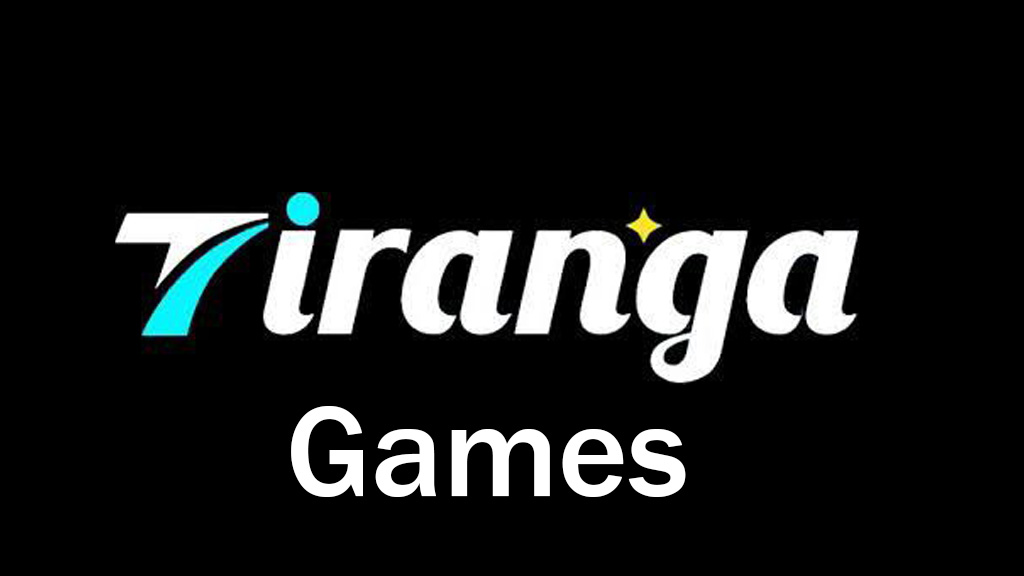Tiranga Game: A New Face of Patriotism and Entertainment in India
In the modern digital age, games are no longer just a source of entertainment—they are tools of education, awareness, and even patriotism. Among the emerging titles that blend cultural identity with interactive play, the “Tiranga Game” has captured the attention of millions across India. The name itself evokes a strong emotional connection, as "Tiranga" refers to the Indian national flag, a powerful symbol of freedom, unity, and pride.
But what exactly is the Tiranga Game, and why has it become such a talked-about topic in recent times? Let’s explore the evolution, concept, types, and social impact of this growing digital phenomenon.
What is the Tiranga Game?
At its core, the Tiranga Game is not a single game but rather a term used for various online platforms or mobile applications that use the theme of Indian patriotism as a central element. The word "Tiranga" symbolizes the tricolor of the Indian national flag—saffron for courage, white for peace, and green for prosperity—along with the Ashoka Chakra representing the eternal wheel of law.
There are two major categories under which Tiranga Games can be broadly classified:
Patriotic Educational Games
Color Prediction or Real-Money Gaming Platforms
Each serves a different audience and purpose, and understanding this distinction is important.
1. Tiranga Game as a Patriotic Educational Experience
### Gamifying Indian History and Culture
Some Tiranga-themed games are designed to educate players about Indian history, freedom fighters, constitutional rights, and cultural diversity. These are commonly used during national holidays like Independence Day (15th August) and Republic Day (26th January) in schools, colleges, and even government campaigns.
Popular Features Include:
Quizzes on the Indian freedom struggle
Puzzle games involving Indian monuments
Role-play missions involving key historical events
Flag-based art or assembly games for kids
These games not only entertain but also instill a deep sense of national pride. They are popular in schools, educational apps, and digital learning platforms, especially in rural areas where interactive learning tools are limited.
2. Tiranga Game as a Real-Money Gaming Platform
In another version, “Tiranga Game” has emerged as the name of online color prediction games or betting platforms. Here, users predict outcomes such as color sequences, numbers, or patterns to win real money. These games have simple interfaces, often offering high payouts for accurate guesses. For instance, users might have to predict if the next color shown will be red, green, or violet—loosely based on the Tiranga flag’s colors.
While these platforms are popular for their monetary appeal, they also raise concerns about gambling addiction, fraud, and legality, especially among youth and economically vulnerable groups.
Why is the Tiranga Game Gaining Popularity?
1. Emotional and Cultural Connection
The use of the term “Tiranga” naturally draws in Indian audiences by invoking patriotism. Many users feel a personal connection to the game simply due to its symbolic name and visuals inspired by the national flag.
2. Mobile Accessibility
With increasing smartphone penetration in India, even rural users now have access to mobile games. Most Tiranga Games are lightweight and require minimal data, making them accessible across demographics.
3. Easy to Play
Whether it’s the quiz-based format or color prediction, Tiranga Games are designed to be simple and engaging. Players don’t need technical skills, which opens the platform to a wide audience.
4. National Celebrations Boost Traffic
During national festivals like Independence Day, Republic Day, or Gandhi Jayanti, interest in patriotic games spikes. Schools, educational institutions, and families often engage with Tiranga Games to mark the celebration.
Benefits of the Tiranga Game
1. Promotes Patriotism
Educational versions of the Tiranga Game encourage players to learn about the sacrifices made by Indian leaders and the journey to independence. This strengthens national pride and civic responsibility.
2. Encourages Learning Through Play
Gamified learning has proven to be more effective than traditional classroom methods. By integrating historical facts and figures into games, students engage better and retain more information.
3. Economic Opportunity
For real-money Tiranga Games, many users see the platform as a way to earn quick cash. Although risky, it creates an alternate income stream for some, especially in tier-2 and tier-3 cities.
Challenges and Concerns
Despite the rising popularity, the Tiranga Game is not without its issues.
1. Risk of Gambling Addiction
Color prediction or betting-style Tiranga Games often operate in a legal grey area. Many are unregulated and can lead to serious financial losses, especially for underage users.
2. Misuse of National Symbols
Using the Indian flag or national emblems for commercial or gambling purposes is considered disrespectful under The Prevention of Insults to National Honour Act, 1971. Critics argue that associating Tiranga with betting platforms tarnishes the dignity of national symbols.
3. Data Privacy Concerns
Some versions of Tiranga Games ask users to input personal details, bank accounts, or UPI IDs, which can be misused. Many of these platforms are not officially verified or secure.
4. Lack of Regulation
Since many of these apps are hosted online or through unofficial APK downloads, they are often outside the scope of Indian cyber and gaming regulations.
Government and Legal Perspective
The Indian government has started taking action against unregulated online gaming platforms. In 2023, several real-money Tiranga-style games were taken down for promoting betting and violating advertising rules. There are also ongoing discussions around creating a central regulatory authority for online games in India to ensure ethical practices.
The Future of Tiranga Game
The Tiranga Game, in its true educational and patriotic form, has the potential to become a national asset. It can:
Be integrated into school curriculums
Be used during national awareness campaigns
Promote civic sense and historical knowledge among youth
At the same time, the monetized versions need strict regulation to prevent exploitation and misuse of national sentiments.
Conclusion
The Tiranga Game represents two sides of a rapidly evolving digital India—one that celebrates its roots and educates its citizens, and another that tempts with easy money at the cost of ethics. As users, educators, and policymakers, it is important to recognize the true potential of such platforms and encourage responsible engagement.
Used wisely, the Tiranga Game can become a source of pride, learning, and unity—living up to the values of the tricolor it represents.





